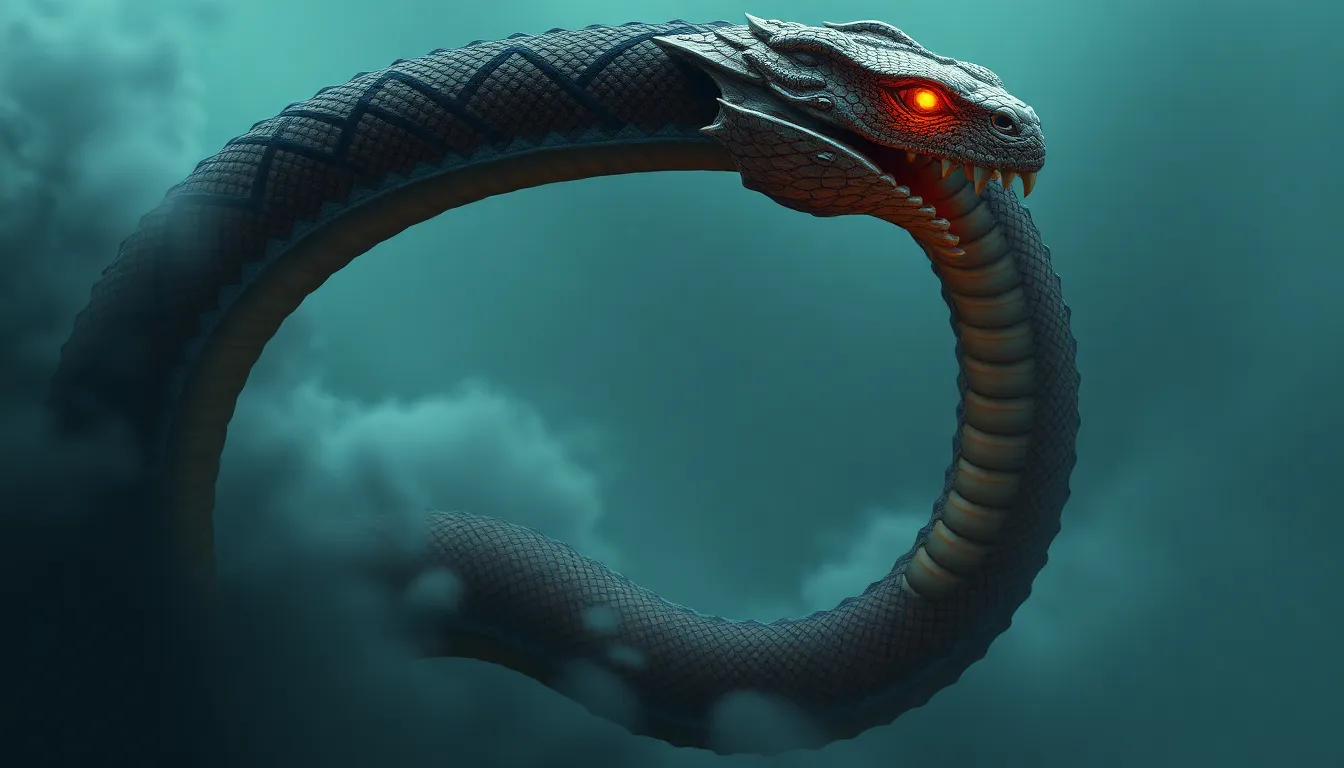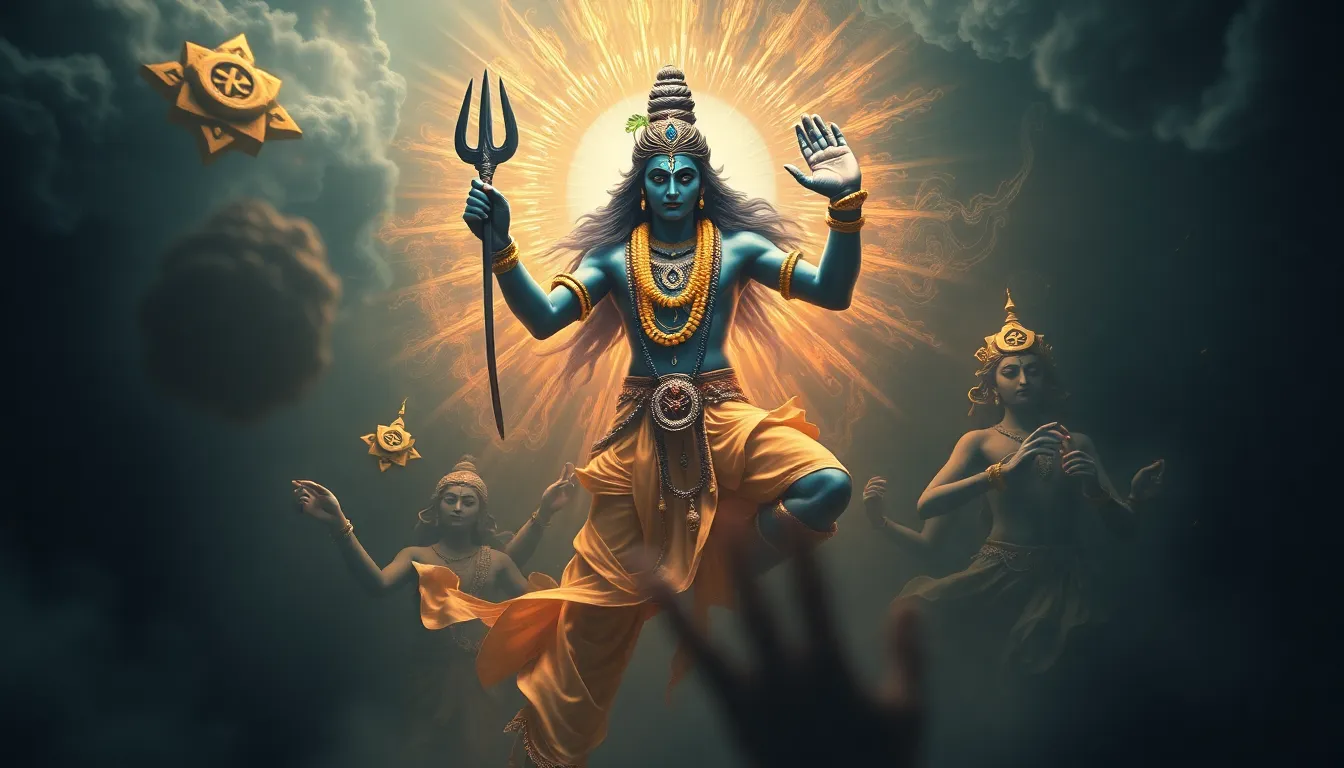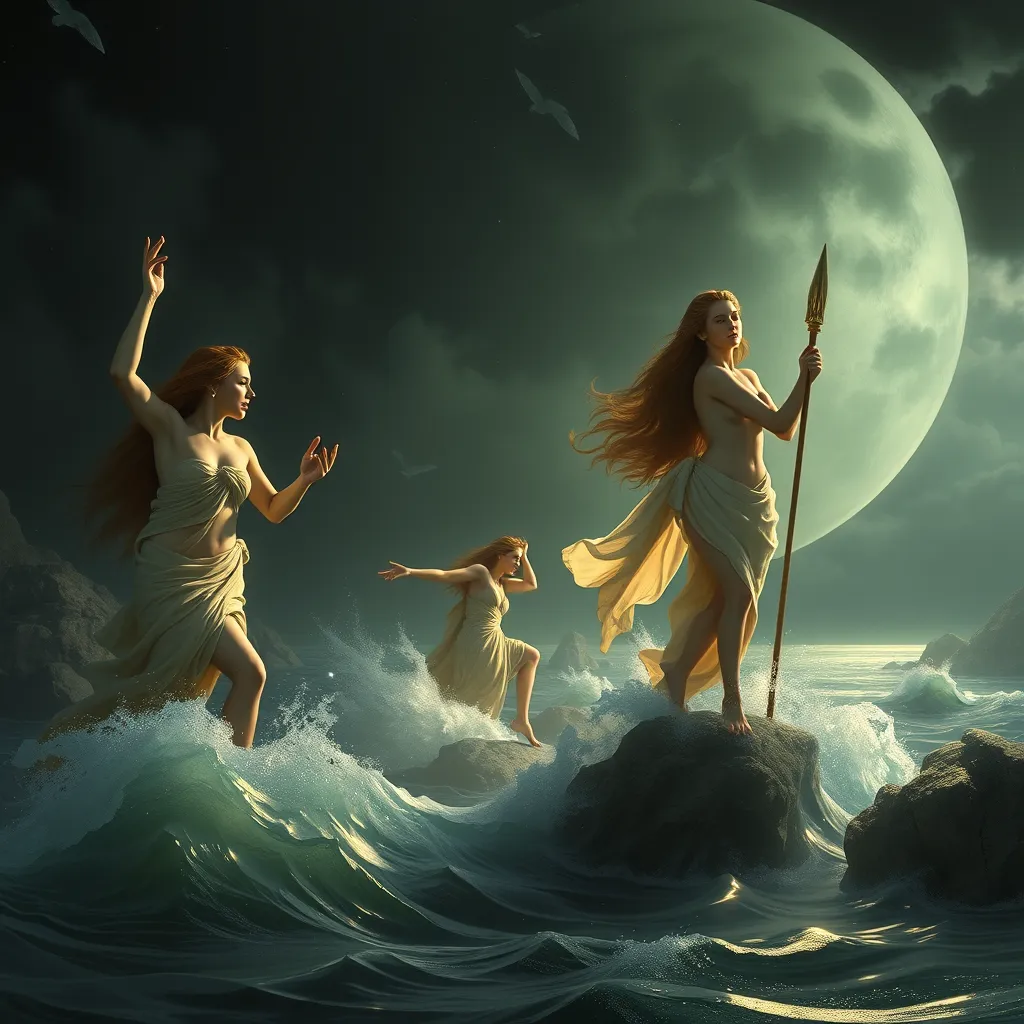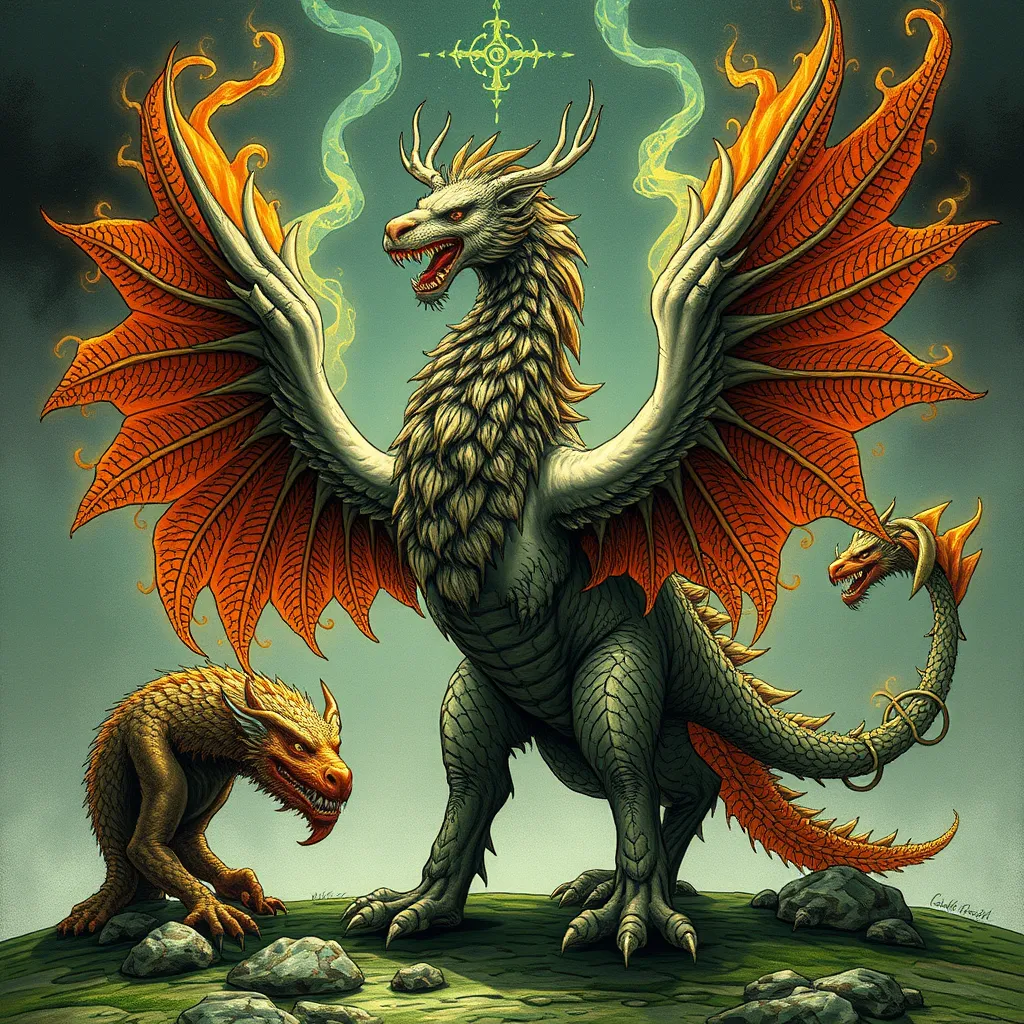Naga Tales: Serpent-Human Hybrids in Indian Mythology
I. Introduction
The term “Naga” refers to a class of serpent deities in Hindu and Buddhist mythology, revered as powerful entities with significant roles in various narratives. In Indian mythology, Nagas are often depicted as hybrid beings, possessing both human and serpent-like traits. Their significance extends beyond mere folklore, as they embody the duality of life and death, fertility and destruction, and serve as protectors of treasures and knowledge.
Serpent-human hybrids are not unique to Indian mythology; they appear in various cultures worldwide. From the ancient Greek Gorgons to the Mesoamerican Quetzalcoatl, these figures often symbolize a connection between the earthly and the divine. This article aims to explore the historical context, characteristics, and cultural significance of Nagas in Indian mythology, while also examining their impact on modern interpretations and adaptations.
II. Historical Context of Naga in Ancient Texts
Nagas have a rich history, referenced in numerous ancient texts. Their earliest mentions can be found in Vedic literature, which forms the foundation of Hindu philosophy and spirituality.
A. Reference to Nagas in Vedic literature
In the Vedas, particularly in the Rigveda, Nagas are associated with water and fertility. They are often invoked in rituals related to agriculture and rain, highlighting their connection to the life-giving forces of nature.
B. The portrayal of Nagas in Puranic texts
Puranic literature further expands on the mythology of Nagas, depicting them as both benevolent and malevolent beings. They are often described as guardians of hidden treasures and sacred knowledge, residing in the underworld or in bodies of water.
C. Connection to earlier Indus Valley civilization
Some scholars suggest that the reverence for serpent deities may have roots in the Indus Valley civilization, where seals depicting snake-like figures have been discovered. This connection points to an ancient tradition of serpent worship that predates recorded history.
III. The Nature and Characteristics of Nagas
Nagas exhibit a fascinating blend of human and serpent characteristics, which contribute to their symbolic richness.
A. Physical descriptions and symbolic meanings
Typically, Nagas are depicted with the upper body of a human and the lower body of a serpent. This duality symbolizes the merging of two realms: the spiritual and the physical. Colors like green and gold are often associated with them, representing fertility and prosperity.
B. Duality of the Naga as protectors and adversaries
Nagas embody a complex duality; they can be protectors of dharma and wisdom or adversaries who challenge heroes and gods. This ambivalence reflects the natural balance of good and evil present in Indian philosophy.
C. Gender roles within Naga mythology
Naga mythology also features female Nagas, known as Nagini, who play vital roles in various narratives. They are often portrayed as nurturing figures, symbolizing fertility and motherhood, while also possessing formidable powers.
IV. Prominent Naga Figures in Indian Mythology
Several prominent figures in Naga mythology stand out due to their unique stories and characteristics.
A. Vasuki: The King of Serpents
Vasuki is one of the most well-known Nagas, often depicted wrapped around the neck of Lord Shiva. He played a crucial role in the churning of the ocean (Samudra Manthan), where he served as the churning rope, demonstrating his strength and significance in cosmic events.
B. Ananta Shesha: The Cosmic Serpent
Ananta Shesha, the infinite serpent, is another significant Naga figure. He is often depicted as a bed for Lord Vishnu, symbolizing the eternal nature of the universe and the balance between chaos and order.
C. Nagaraja: The Naga King and his lineage
Nagaraja is the king of the Nagas, often depicted with a crown and surrounded by his subjects. He is revered for his wisdom and is considered a protector of his people and their treasures.
V. Naga Tales and Their Moral Lessons
Naga tales are rich with moral lessons and cultural significance, often reflecting the values and beliefs of the society that tells them.
A. Key narratives and their cultural significance
- The story of Nala and Damayanti, where a Naga plays a pivotal role in the couple’s trials and tribulations.
- The tale of Kaliya, the multi-headed serpent defeated by Lord Krishna, illustrating the triumph of good over evil.
B. Themes of love, betrayal, and redemption
Many Naga tales explore profound themes such as love, betrayal, and redemption. These narratives often serve as allegories for human experiences, teaching lessons about loyalty, sacrifice, and the complexities of relationships.
C. Contemporary interpretations of Naga stories
In modern literature and art, Naga stories are reinterpreted to resonate with contemporary audiences, often highlighting themes of environmentalism and social justice.
VI. Naga Worship and Cultural Practices
Naga worship encompasses a variety of rituals and cultural practices across India, reflecting the diverse ways in which Nagas are revered.
A. Festivals and rituals associated with Nagas
Festivals such as Nag Panchami are dedicated to the worship of Nagas, where devotees offer prayers and milk to snake idols, seeking protection and blessings.
B. Iconography and representation in art
Nagas are often depicted in ancient sculptures, paintings, and folk art, symbolizing fertility, protection, and the interconnectedness of life. Their imagery is prevalent in temples and cultural sites.
C. Regional variations in Naga worship across India
Different regions in India have unique traditions and practices related to Naga worship. For instance, in Northeast India, Nagas are revered as ancestral spirits, and their festivals often include vibrant dances and rituals.
VII. Naga in Modern Literature and Popular Culture
The fascination with Nagas has extended into modern literature and popular culture, influencing various forms of storytelling.
A. Influence on contemporary storytelling and adaptations
Naga mythology has inspired contemporary authors and filmmakers, leading to adaptations that reinterpret ancient tales for modern audiences.
B. Naga characters in films, television, and literature
- Films like “Raavan” and “Naga Kanya” explore Naga themes and characters.
- Television series often depict Naga mythology, incorporating elements of fantasy and adventure.
C. The resurgence of interest in Naga mythology
There has been a notable resurgence of interest in Naga mythology, with more people seeking to explore its rich narratives and cultural significance, leading to academic studies and popular adaptations alike.
VIII. Conclusion
The Naga figures in Indian mythology represent a complex tapestry of meanings, embodying the dualities of life and death, good and evil. Their stories offer profound insights into human nature and societal values, making them relevant even today. The enduring legacy of serpent-human hybrids like the Nagas invites us to delve deeper into the richness of Indian mythology, encouraging us to explore and appreciate the diverse narratives that shape our understanding of the world.




